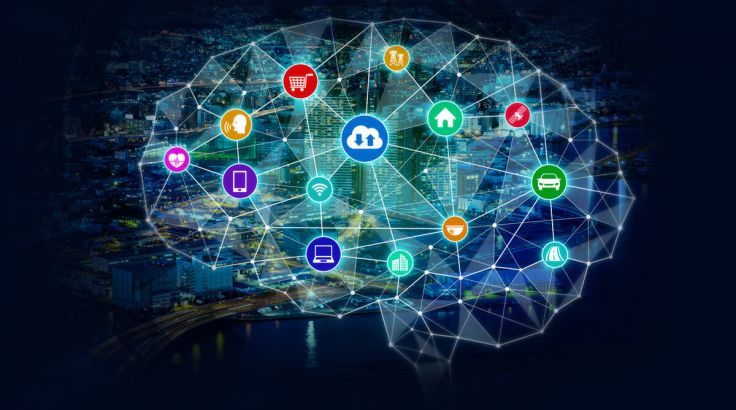
AI (artificial intelligence) and ML (machine learning) increasingly visible in our lives. Most people will be familiar with domestic appliances such as robot vacuum cleaners, which can learn the layout of a room; the banking sector implements AI and ML to identify anomalies and protect our personal finances; and online retailers use this technology to offer carefully tailored products and services.
The Internet of Things (IoT), the complex web of interconnected devices in our homes, workplaces, cars and cities, relies heavily on AI and ML to ease the paths of our daily lives and optimize business operations across many industry sectors. To those already mentioned, we might add manufacturing (for monitoring and automating processes and predicting problems before they cost money), healthcare (automatically notifying doctors if a patient’s vital signs show dangerous changes) and logistics (tracking vehicles and planning routes). That list isn’t comprehensive, but it does indicate that a rising number of devices and sensors deployed across many industries is generating an unprecedented volume of data that is impossible to utilize without the assistance of AI and ML.
So, AI and ML are practical necessities.
Of course, it would be a mistake to treat AI and ML as some kind of panacea.
It is by understanding and correctly utilizing this combination of AI, ML, IoT and human potential that organizations can set themselves apart from the competition. Those who fail in any of these aspects – or who ignore AI completely – are destined to fail.











